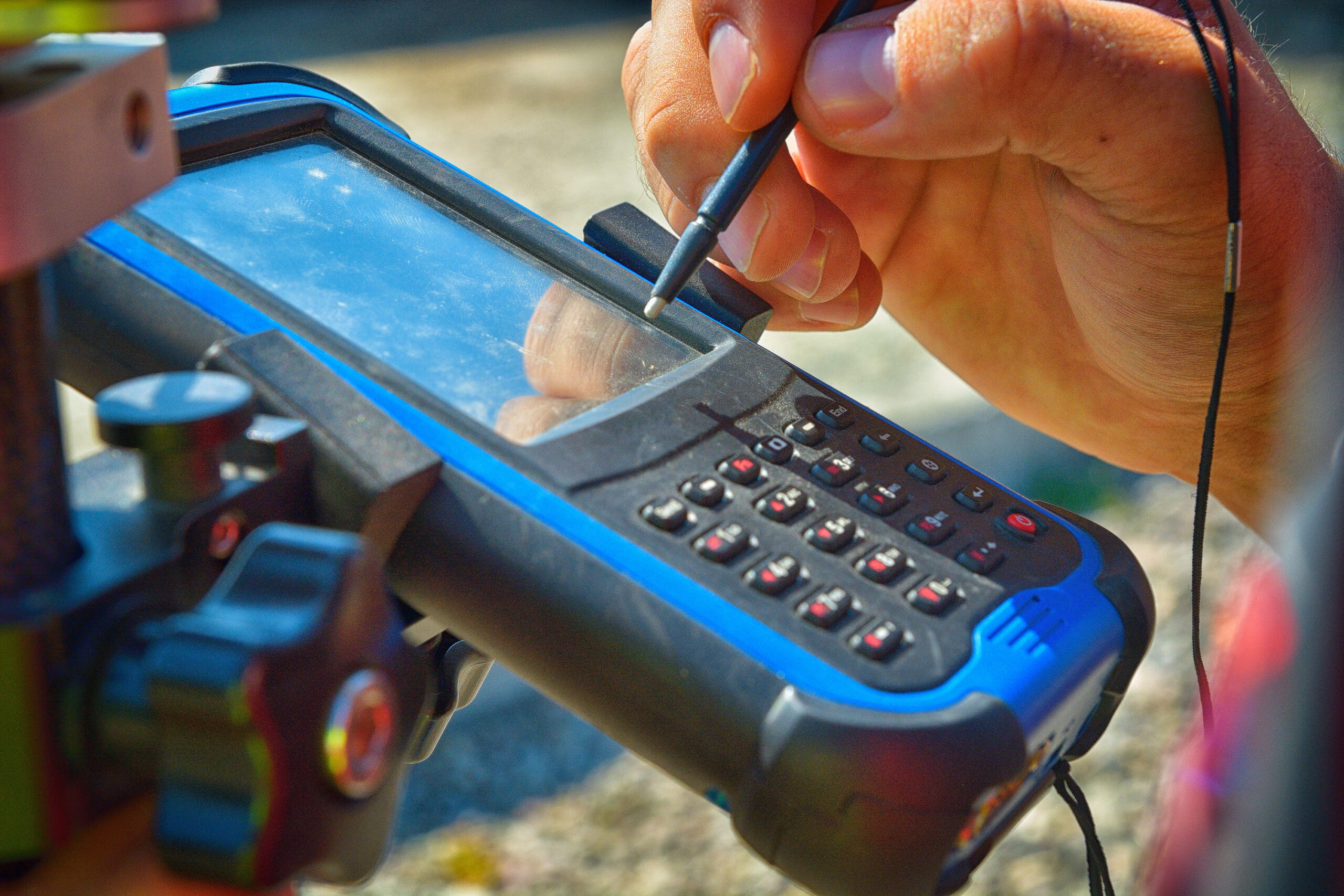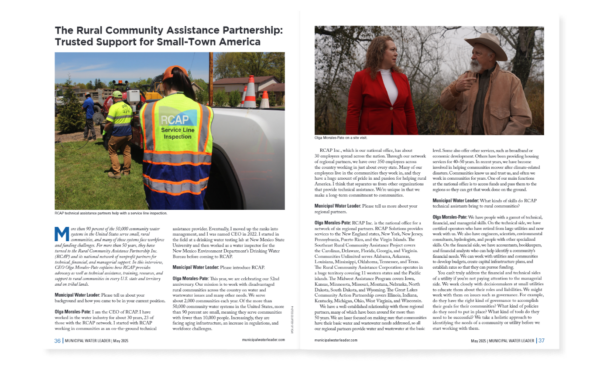Getting the Most Bang for Your Buck – GIS Mapping

It’s no secret that Geographic Information Systems (GIS) have been around for some time, but have taken off in recent years among the small systems world. This is a brief story on how one small town in Iowa has fully embraced GIS for their work, and how they are getting the best return on investment possible.
Malvern is a small farming town of 1,142 in southwest Iowa. MAP began assisting the community in late 2017 with funding application assistance for a United States Department of Agriculture Rural Development (USDA-RD) loan for drinking water treatment improvements. After almost four years of assistance through the construction process and loan servicing items, the community was looking to take the next step in moving forward sustainably for the rest of the system. When the possibility of incorporating GIS came up, the community jumped at the chance to have their systems mapped and start an asset management plan.
MAP began the GIS phase of the project in late 2022, by researching where all of the components of the system were supposed to be located. This can be a very challenging part of the process, as assets are moved or replaced over time, and printed maps become faded as they sit in old storage areas. Even if your community is not entirely ready for GIS, you should still have an updated paper map secured somewhere that UV light, rain, and pests will not damage it. Once spring weather arrived in southern Iowa, MAP began the field collection portion of the project. It took about 2.5 weeks to fully collect all the associated points, which included pictures of every asset, along with any information that MAP could gather from fire hydrants. Once all points were collected, the GIS coordinators at MAP loaded those points into the ESRI GIS software system and started building the digital map in the program.
Once the digital map was completed in late summer of 2022, the real potential of the GIS system was shown to the community. MAP provided training assistance for the GIS software to show city staff how certain items look, how to change them, and how to add or update information about the asset. At the same time as the map was being finished, the city purchased its own GIS equipment so that it could add additional points not related to the utility systems. They also want to add new points for assets, as a new subdivision is being finished on the west side of town. The next step the city is looking into with MAP’s assistance is importing data from additional GIS mapping done by the county and state Department of Natural Resources (DNR). Years prior, the DNR had spent time GIS mapping all of the city-owned large hardwood trees, and their condition. The county also has a GIS mapping file for all property lines in town. The city would like to migrate all these layers together so that they can see which assets lie near property lines and possible water or sewage lines near very large hardwood trees.
Through the determination of the community and its elected officials, the City of Malvern has embraced the potential of what GIS can do for every aspect of the community. MAP will continue working with the city and its staff to demonstrate what products they can build with their maps.
This project/article was funded under RCAP’s USDA Technitrain 23 – 24 grant.

